Loltyler1 Did Macaiyla Get Banned Again
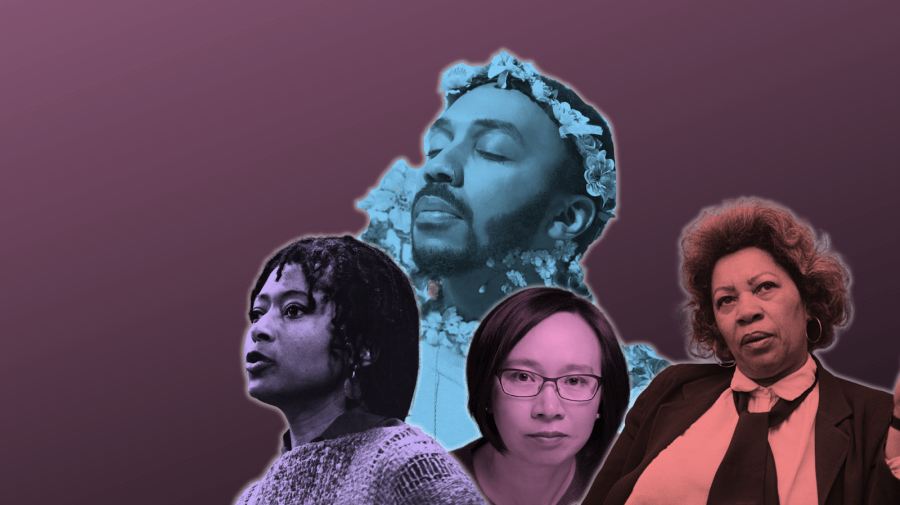
Sadly, the act of banning books is nothing new. In fact, the practice has been around for centuries. Some once-controversial books are now regarded equally must-read classics, while others remain banned in various states or schoolhouse systems. But fifty-fifty though book banning isn't new, it remains a cause for alarm.
Recent book bannings that have cropped up in bourgeois-led states in 2021 and 2022 disproportionately touch on books written by people of colour and LGBTQ+ authors. By targeting certain groups of writers with book bans, stories kids of colour and queer and trans kids need about — those in which they see themselves reflected — become inaccessible.
In general, book bans narrow the types of characters and narratives that we're all exposed to, which tin lead to more close-mindedness or reinforce negative stereotypes about folks who aren't able to tell their ain stories to a wider audience. So, why practice books go banned to begin with? Which titles are commonly banned, and how does Banned Books Week spread awareness nigh this restricted access? Hither, we'll take a look at all of these questions and explore what we lose when we ban books.
The History of Book Banning
Book banning has been around for a long, long time. Old between 259–210 B.C. Shih Huang, the then-Emperor of China, burned books and stopped Confucian scholars from documenting work he didn't concord with. Later, around 8 A.D., the poet Ovid was banned from Rome; in 35 A.D, Caligula, the Emperor of Rome, was upset nigh the Greek ideas of freedom that Homer wrote about in The Odyssey some 300 years before and opposed it.
In the 1500s, the Roman Cosmic church opposed the Protestant Reformation, challenge the pope was infallible and that only the Roman Cosmic Church could provide eternal salvation to worshippers. Dorsum and then, the Roman Catholic Church building controlled everything, from religion and politics to didactics and fine art. The heads of the Roman Cosmic Church building needed a way to maintain that power and, as a consequence, opposed people having access to printed or written text.
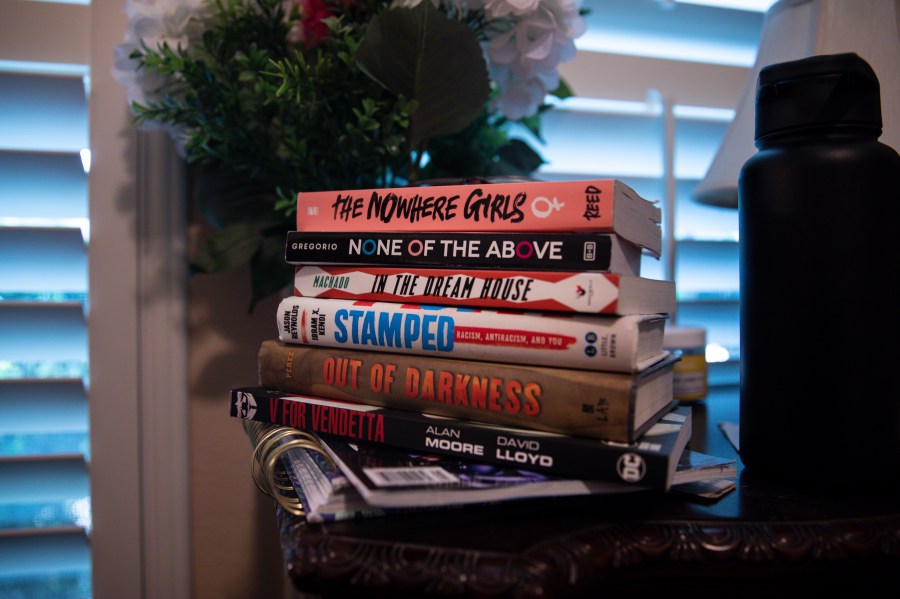
Even Bibles were written in languages that the "everyman" didn't necessarily read, which meant the church remained the ultimate source of data and dominance. With the advent of the Protestant Reformation, all of that changed. Gutenberg'south printing press, for example, allowed for religious materials that were written in the vernacular to spread quickly. Books, more and so than ever before in the Western earth, became a source of noesis — 1 that, in theory, anyone could have access to and form opinions nigh.
In an endeavor to regain command, the church building later put forth a listing of publications it deemed heretical, banning Catholic practitioners from reading them. As you tin can see in these historical examples of book banning, censorship frequently stems from an authority's attempt to retain power by narrowing the scope of what data and ideas are attainable to the public.
Today, people in positions of power ban books for many reasons — religious and political reasons; because they're discriminatory; or considering they desire to control information (often by spreading misinformation — or non providing a whole flick).
But, whatever the reasons, the underlying root of volume banning is oft fear — a fear of losing control or power, of no longer being the "dominant" narrative. For example, banning books that explore ideas or take on points of view that undermine the views of an organized religion helps said religious institutions eliminate ideas that don't do good it. The same is truthful in situations where books are banned for political reasons.
As nosotros're seeing today, some groups or people in positions of power ban books to allegedly "protect" children from difficult ideas or stories that aren't "age appropriate". Just this is a kind of willful ignorance. "Since the 1800s, attitudes nearly which books are 'appropriate' for kids to read have too frequently suppressed stories about dissimilar cultures and life experiences," writes Paul Ringel in The Atlantic.
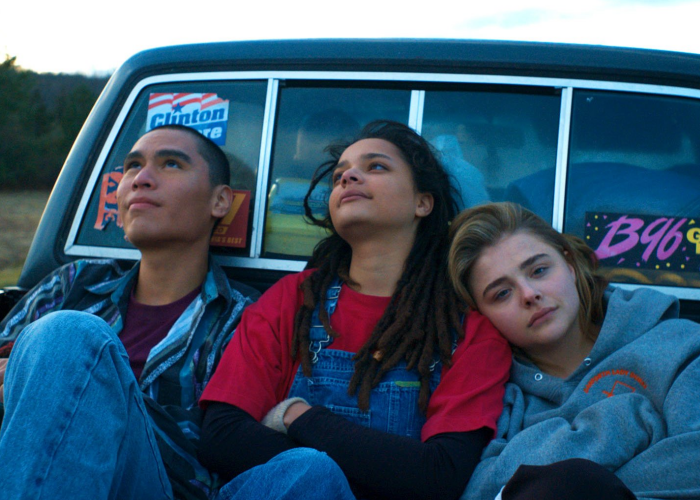
The article, "How Banning Books Marginalizes Children", goes on to study that 52 pct of the books that have been challenged or banned between 2006 and 2016 feature "so-called 'diverse content'… [explorations of] race, organized religion, gender identity, sexual orientation, mental illness, and inability." That trend has since continued.
In an commodity for Diverseness in YA, author Malinda Lo (Last Night at the Telegraph Club) discusses how emily 1000. danforth's lesbian coming-of-historic period novel, The Miseducation of Cameron Post, was removed from a summer reading list, with parents and (ultimately) the high school in question citing "explicit linguistic communication" as the reason. "Several other books on the summer reading list too included explicit language," Lo writes. "It was no smashing leap to wonder if 'language' was used as a comprehend for homophobia."
This too begs the question: do people banning books even read the titles they're challenging? For example, Matt Krause, a Republican state representative in Texas, released a list of 850 books he wanted "investigated". "What is immediately apparent from a expect at Krause's list," Harvey J. Graff writes for Publisher's Weekly, "is that it is compiled from an internet search of keywords."
In this case, and others, information technology's clear that politicians who're challenging books about characters of colour or queer and trans characters are pushing a political agenda. The censorship isn't about protection, but about silencing groups of people or pushing them (and readers like them) to the margins. Ringel perhaps puts it best, writing, "Keeping books nigh certain types of children out of libraries perpetuates a vision of a sheltered American childhood that has rarely existed."
What Are Some Commonly Banned Books?
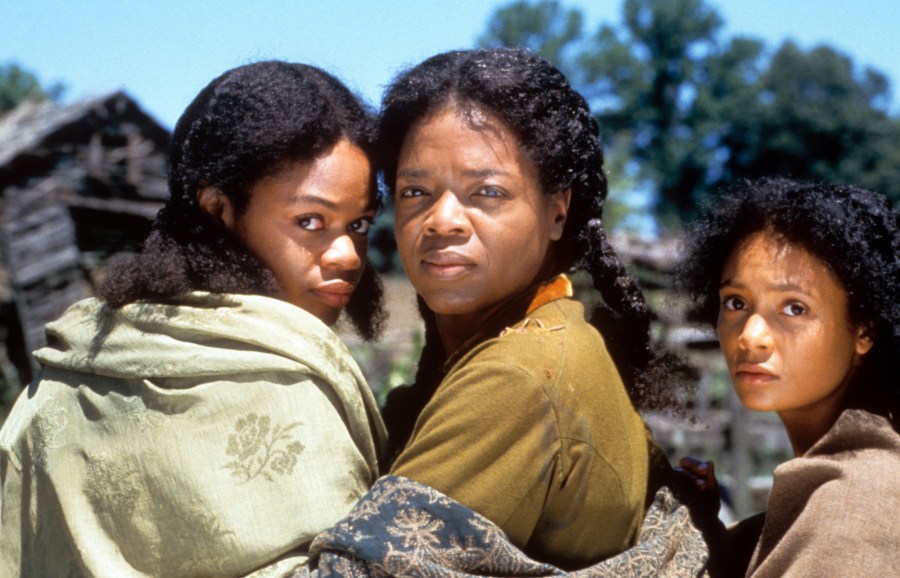
Beloved past Toni Morrison
Dearest, which won the Pulitzer Prize for Fiction in 1988, tells the story of Sethe, a Black adult female who's living in Ohio in 1873. Haunted by her memories, Sethe recounts her time as an enslaved person as well as the incommunicable choices she had to make in the confront of oppression and white supremacy.
Notably, Toni Morrison based Sethe's story on that of a real formerly enslaved person, Margaret Garner, who made the impossible decision to kill her kid to spare her from being enslaved once more. "Before Morrison's novel, narratives effectually slavery rarely centered on the humanity and choices of Black women," Danielle Rollins writes. "In Beloved, however, Sethe exercises agency, and although in that location are devastating consequences for every option she makes, Sethe ultimately has the power to make them."
The Color Purple by Alice Walker
The Color Purple tells the story of Celie, a young Blackness girl who lives in Georgia during the early 1900s. Celie is a survivor of sexual and physical abuse, inflicted upon her by her father. But The Colour Purple is a story about the struggle for empowerment, and we meet Celia find agency over her own life. Since 1984, schools have banned Alice Walker'due south book for many reasons, including for its depiction of queerness.
Anoint Me, Ultima past Rudolfo Anaya
Anoint Me, Ultima is most a immature Mexican American boy living in eastern New Mexico during the 1940s. A curandera, or folk healer, named Ultima comes to live with Antonio'due south family unit when he'southward six. Anoint Me, Ultima faces bans due to adult language, sexual references, and what some believe to be anti-Catholic messages. In some Arizona schools, Rudolfo Anaya's book was banned after conservative opponents claimed the story promoted overthrowing the federal government.
What'due south the Importance of Banned Books Week?
Since 1982, the American Library Association (ALA) and Amnesty International accept promoted Banned Books Week — a campaign that raises awareness around banned, challenged and censored books. This year, Banned Books Calendar week will exist celebrated September 18–24, and it couldn't be coming at a better fourth dimension.
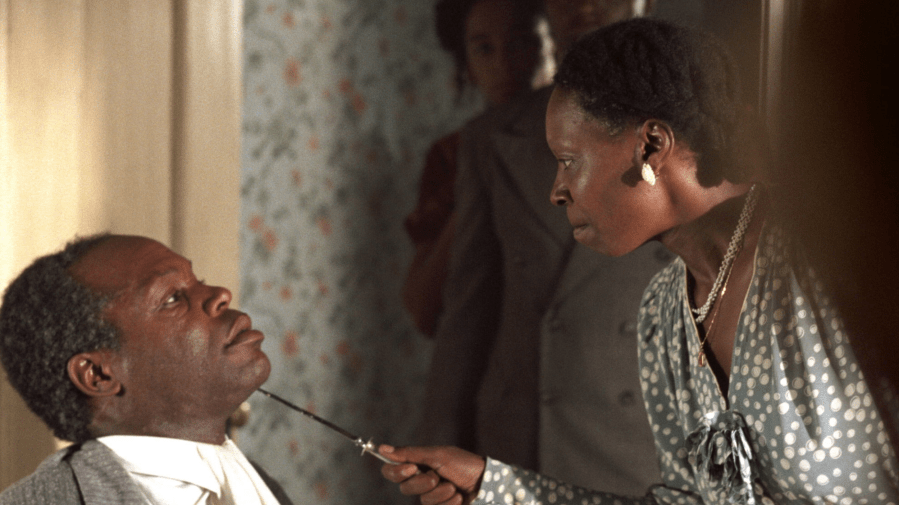
In 2022, PEN America, a nonprofit that fights for freedom of expression, establish that ane,145 titles were being targeted by conservative politicians and censors. Moreover, "1,586 bans were implemented in 86 school districts across 26 states" in a rash of volume bans that'south "unparalleled in intensity" (via The Guardian).
Overwhelmingly, these book bans and challenges target writers of color and queer and trans writers every bit well equally books that discuss race or characteristic LGBTQ+ narratives. Banned Books Calendar week is a practiced reminder to speak out against censorship, ensuring we all accept intellectual liberty, the freedom to read, and, for creators, the liberty to write their stories and truths.
Which Contemporary Titles Are Under Assault?
While it may seem similar books that are several decades old are the only targets of volume bans and challenges, that'due south simply non the case. Here are a few of the contemporary titles that are under attack today:
- Melissa by Alex Gino: The story of a 4th-grade transgender girl who is deadnamed and not affirmed past those effectually her.
- Across Magenta: Transgender Teens Speak Out past Susan Kuklin: This work ontains half-dozen interviews with transgender or genderqueer immature adults.
- All Boys Aren't Blue by George M. Johnson: A memoir-manifesto about the author's experiences growing up Black and queer.
- New Child by Jeremy Arts and crafts: The main grapheme, Hashemite kingdom of jordan, attends a school where he's one of only a handful of students of color. A schoolhouse district in Texas banned New Kid for a time, claiming it promoted Marxism and critical race theory.
- Betwixt The World And Me by Ta-Nehisi Coates: Discusses the furnishings of centuries of racial violence and systemic racism on Blackness Americans.
Books help u.s. expand our views, proceeds new perspectives and face real-world issues and struggles that others contend with. Many people don't realize that non every book is meant to be lite or happy.
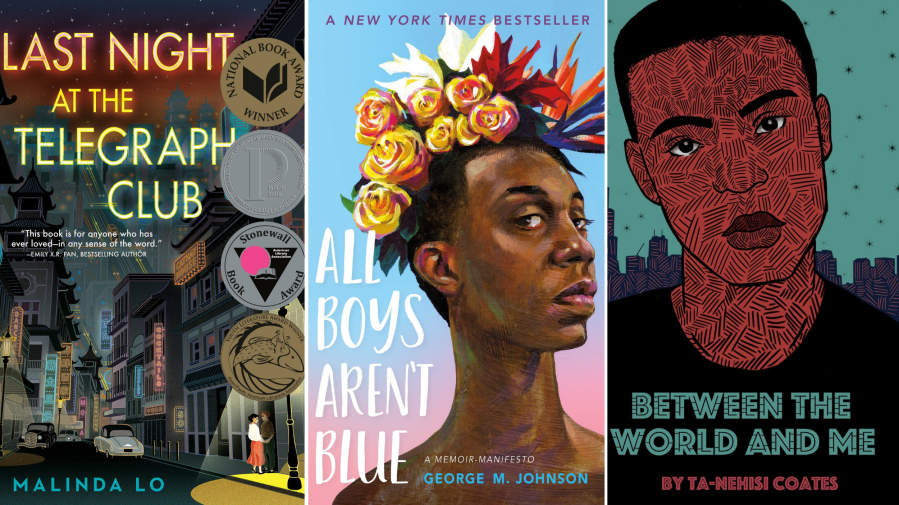
When people ban books, like Beloved or The Color Purple, they forget — or willfully choose to ignore — that what Sethe and Celie went through in their respective novels was a reality for many people (and, in regards to surviving corruption, continues to be a reality for many). These works enhance uncomfortable questions for white readers — but that'south the signal.
When people ban and claiming queer coming-of-age stories, like All Boys Aren't Bluish, they're erasing and invalidating queer and trans kids who want to read stories that reflect their experiences. Banning books limits access to lived experiences and erases much-needed voices.
Instead of challenging books, possibly readers should claiming how they think almost stories that are different from their own.
Source: https://www.ask.com/culture/what-we-lose-when-we-ban-books?utm_content=params%3Ao%3D740004%26ad%3DdirN%26qo%3DserpIndex
0 Response to "Loltyler1 Did Macaiyla Get Banned Again"
Post a Comment